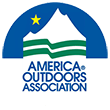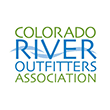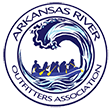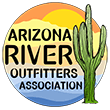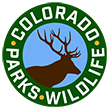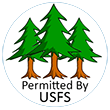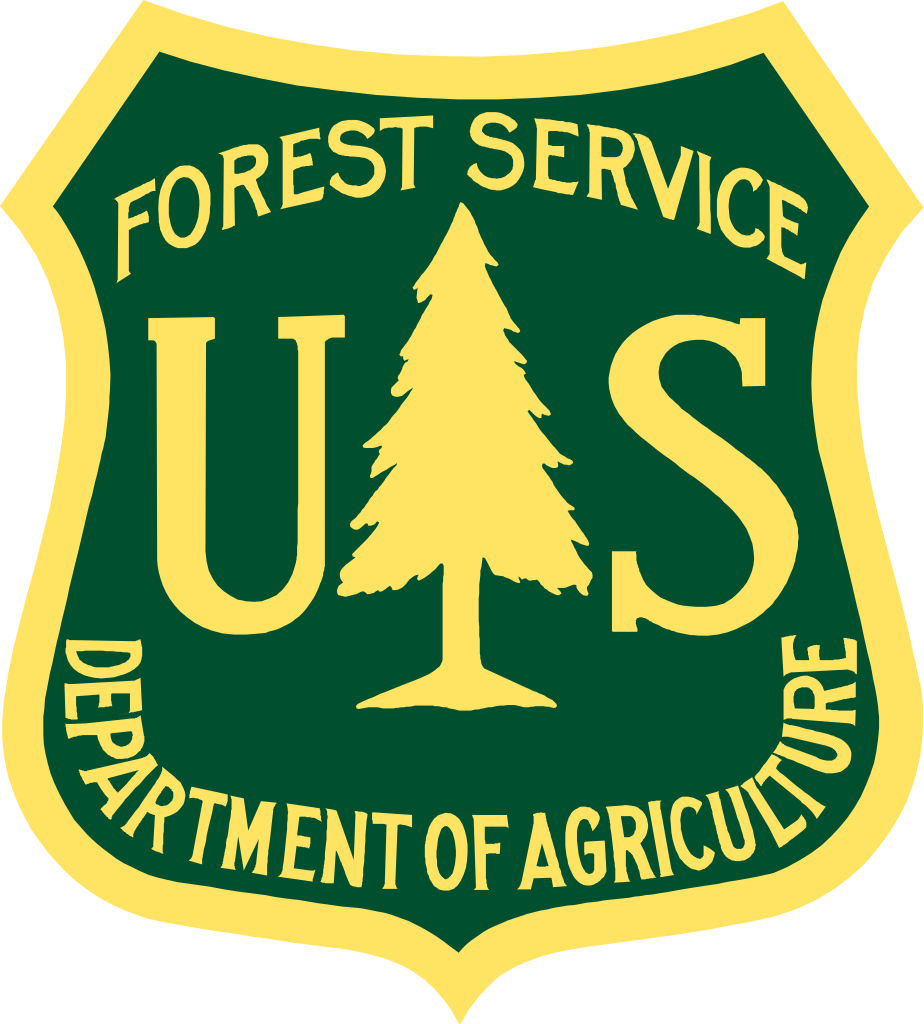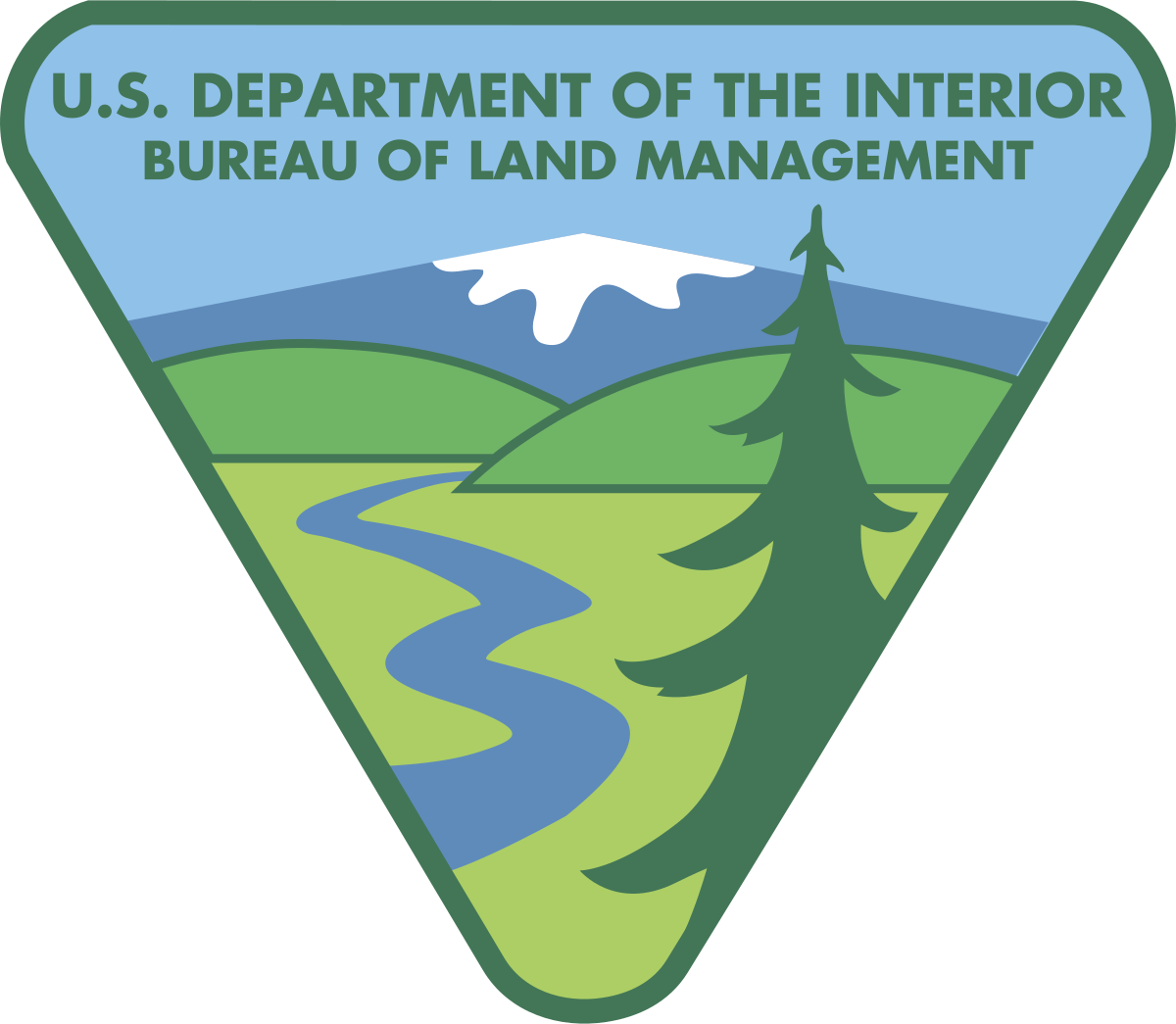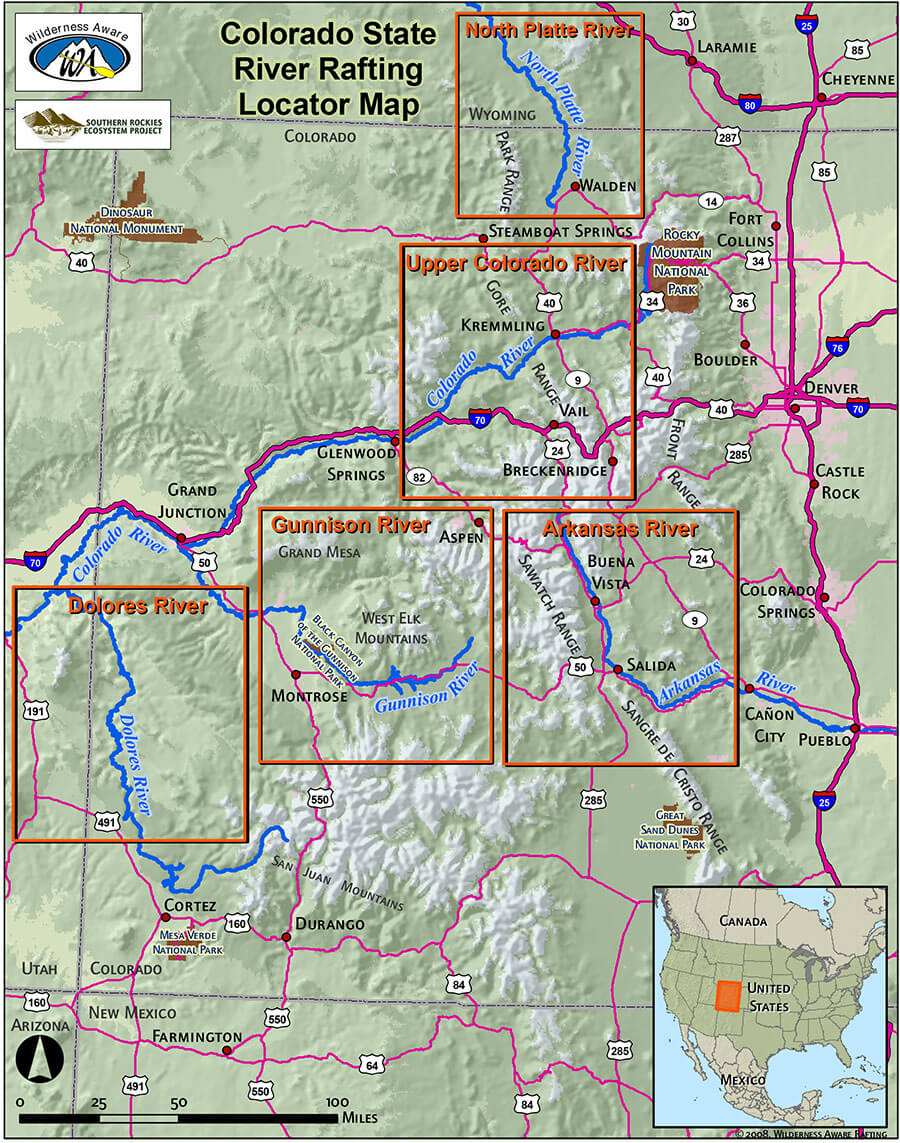
The Colorado River, Colorado’s largest river, has a history as long and dramatic as the course of the river itself. Which weaves its way through the southwestern portion of the United States and down into the northwestern side of Mexico. The river begins in the central area of the Rocky Mountains, and flows nearly 1500 miles, through 7 U.S and 2 mexican states. Once in Mexico, the river turns into a large delta which then empties into the Gulf of California. The Colorado River (Color Red) was originally named for the reddish tint of color found in the water, however, the numerous damms the have been erected over the years has caused the water to turn more into a clear greenish color.
In the early 1500’s, Spanish explorers began to colonize the western portions of North America. One reason for this was to search for the fabled Seven Cities of Gold. It was believed that Native Americans had erected these cities somewhere in the southwestern desert. Francisco de Ulloa was the first explorer to reach the Colorado River in 1536, but it wasn’t until Francisco Vasquez de Coronado began his expedition to search for the Cities of Gold from 1540-1542, that the river was truly mapped and coursed.
In order to raft the Colorado River, which was an extremely dangerous endeavor, supplies had to be gathered, boats had to be crafted, and men readied for the strenuous trip ahead. The bravery necessary to raft a known river is in itself impressive, but to raft an unknown river, with unknown dangers looming ahead, takes a certain kind of tenacity that is not often known today.
It wasn’t until the mid 1800’s that large sections of the river had been unexplored. Though, a name that may be rather familiar to those who live in Colorado, is that of the one armed civil war veteran John Wesley Powell. Powell led an expedition from Wyoming down to Arizona, to what is now known as the Hoover Dam. Before Powell, large lengths of the river remained unexplored as the course was both remote and terribly dangerous. So not much was known about the Colorado River, nor its surroundings, or inhabitants. Though, Powell was determined to set off, and with nine other men, none of whom had any experience with white water rafting, they began their journey in May of 1869.
After four months of coursing their way through a dangerous and rugged landscape, they finally arrived at the mouth of the Little Colorado River. This is where Powell wrote some of his most famous words about what he coined the Grand Canyon of the Colorado: “We are now ready to start on our way down the Great Unknown. Our boats, tied to a common stake, are chafing each other, as they are tossed by the fretful river. They ride high and buoyant, for their loads are lighter than we could desire. We have but a month’s rations remaining. The flour has been resifted through the mosquito net sieve; the spoiled bacon has been dried, and the worst of it boiled; the few pounds of dried apples have been spread in the sun, and reshrunken to their normal bulk; the sugar has all melted, and gone on its way down the river; but we have a large sack of coffee. The lighting of the boats has this advantage: they will ride the waves better, and we shall have little to carry when we make a portage. We are three quarters of a mile in the depths of the earth, and the great river shrinks into insignificance, as it dashes its angry waves against the walls and cliffs, that rise to the world above; they are but puny ripples, and we but pigmies, running up and down the sands, or lost among the boulders. We have an unknown distance yet to run; an unknown river yet to explore. What falls there are, we know not; what rocks beset the channel, we know not; what walls rise over the river, we know not; Ah, well! we may conjecture many things. The men talk as cheerfully as ever; jests are bandied about freely this morning; but to me the cheer is somber and the jests are ghastly.” —John Wesley Powell’s journal, August 1869
That same month, three of Powells men deserted, believing that they could not survive the remainder of the trip. Though, they were either killed by Native Americans or Mormon settlers after making it to the edge of the Grand Canyon. The remainder of the crew continued on and only two days later reached their goal which was St. Thomas.
In 1871, Powell began a second expedition though this time he had the financial backing from the U.S government. Through the course of Powells second expedition, him and his men named various features and areas along the way. Names which still remain till this day. There is the Glen Canyon, the Dirty Devil River, Flaming Gorge and the Gates of Lodore. Oddly, the most well known is Lake Powell. Which is only odd because he was so well known for river rafting, not sailing lakes.
It was once wondered, “where is the Colorado Rivers origins and what does it eventually lead to?” Well those questions have been answered numerous times by many people traveling the various branches off this great river. But if you would perhaps care to travel a section of it yourself, it would behoove you to check out our multi-day trips. You can experience for yourself what Powell and his men had both seen and feared seeing in the past.


